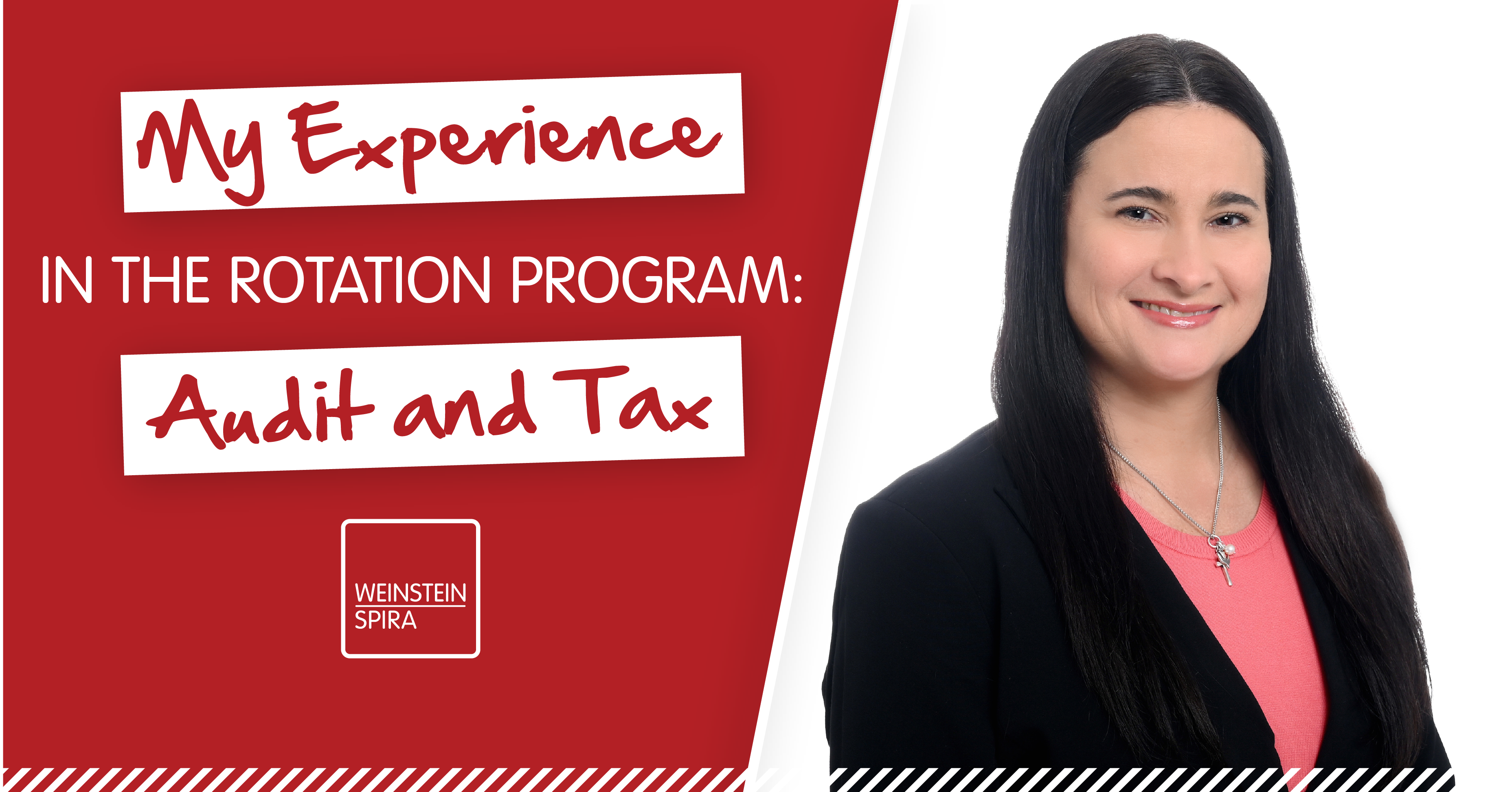The cash flow statement is an important part of a company’s overall financial statements. It provides a close look at the actual cash inflows and outflows for the period presented (typically one year). Simply put, it summarizes the changes in cash and cash equivalents for a company. This blog post describes the general purpose, content, and red flags to watch for when reviewing a cash flow statement. For further guidance and help with an in-depth analysis, it is recommended you consult with a CPA.
Does a quality audit matter? Yes! Learn why here.
Purpose of a Cash Flow Statement
The primary purpose of a statement of cash flows is to explain the “change” in cash and cash equivalents during a given period. When compared with the prior periods presented, the reader can get a good idea as to the company’s profitability and survivability based on its cash flow trends. The cash flow statement can be used by a variety of different readers, such as a financial institution when deciding whether to extend a line-of-credit or loan to the company. It is also used by potential buyers or interested partners to assess a company’s viability and whether it is a wise investment. There are other instances when current or potential customers and vendors may request to see a company’s cash flow statement, i.e., when deciding to extend credit or do business with them.
Three Sections of a Cash Flow Statement
Cash flow statements are comprised of three sections: Operating, Investing, and Financing. Each section offers a different view into cash flow activities, and together they give the reader all the knowledge they need for their analysis.
Operating Section of a Cash Flow Statement
The operating section includes the cash inflows and outflows generally related to a company’s day-to-day operational activities which are not classified as investing or financing activities. It includes the cash effects of transactions involving the production of goods and provision of services, which typically are included in the company’s net income or loss.
Investing Section of a Cash Flow Statement
The investing section includes the cash inflows and outflows related to investment-type activities. It includes the purchases and sales of property, plant and equipment; collections and disbursements related to loans made by the company; as well as the acquisition of a company or other business ventures for growth and development.
Financing Section of a Cash Flow Statement
The financing section discloses the cash inflows and outflows related to financing the company. It includes any bank loans received, payments made, equity contributions or distributions, dividends paid, etc.
Red Flags in Cash Flow Statements
The reader needs to be aware of certain red flags that could indicate the company may be in a poor cash position. The following key questions should be considered when reading a cash flow statement:
- Has any new debt been taken on?
- Are debt payments being made as scheduled?
- Is the company spending more cash than it is bringing in?
- Is the company selling more but not collecting?
- Is the company generating positive cash flow from operations?
Do you need an in-depth cash flow statement analysis? Contact us today!
Cash Flow Statements
The cash flow statement reveals a lot about the health of a company and can help vet a company’s current cash flow situation and future sustainability if you know what to look for. A healthy cashflow over time should show more cash coming in than going out. A deeper dive is advisable to get the total picture of cash flow activities. Whether you are preparing your own company’s cash flow statement or reviewing that of another company, Weinstein Spira can assist and provide insights into potential red flags. This will aid in assessing a company’s cash flow situation and general health.



